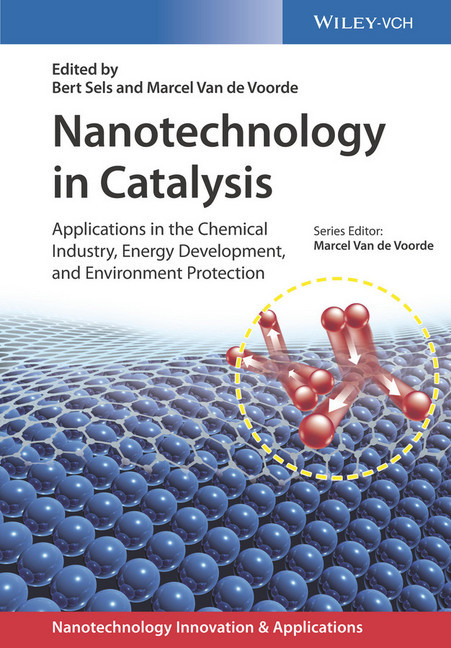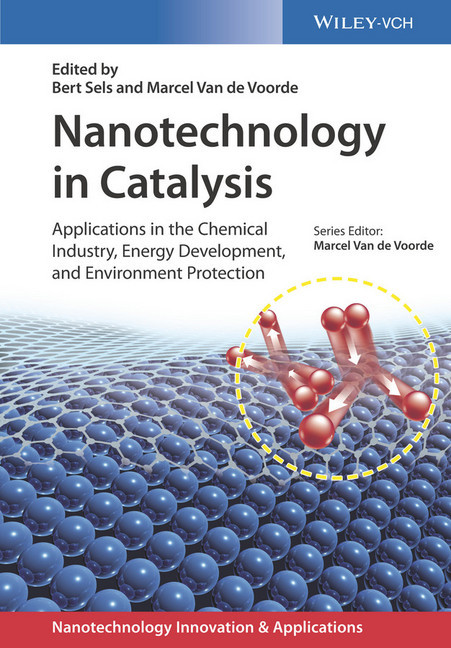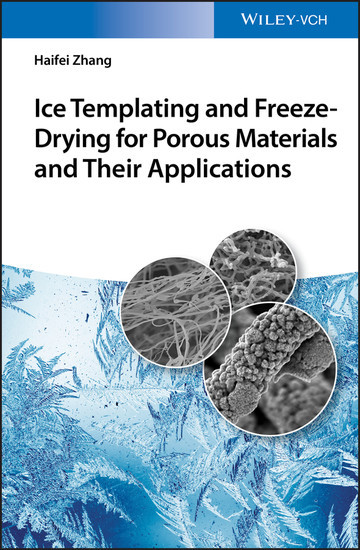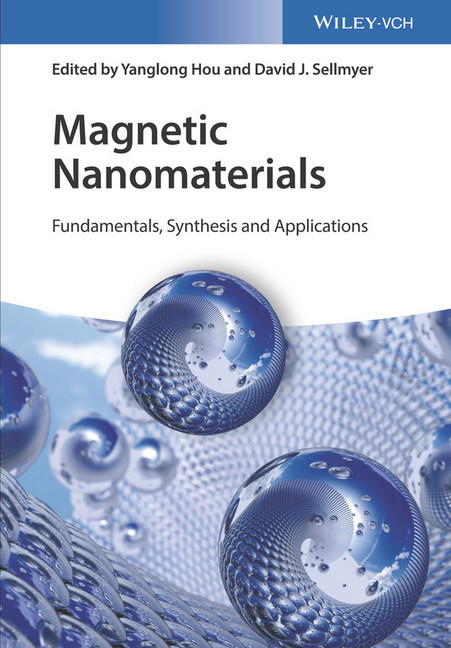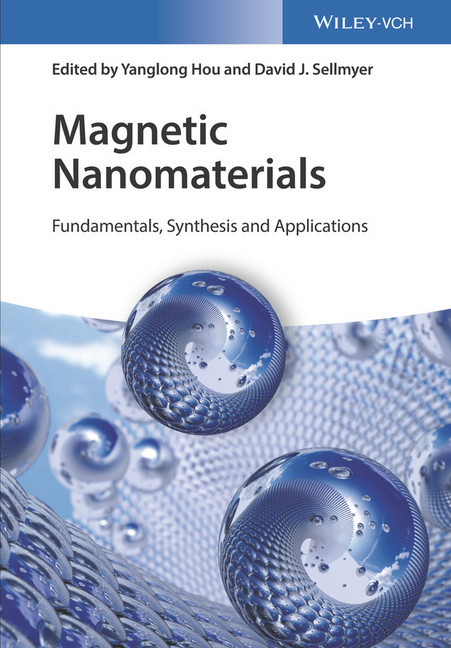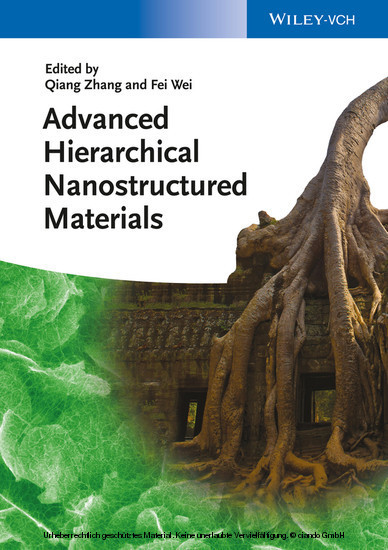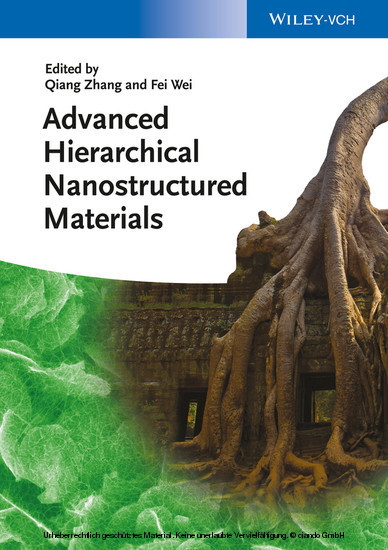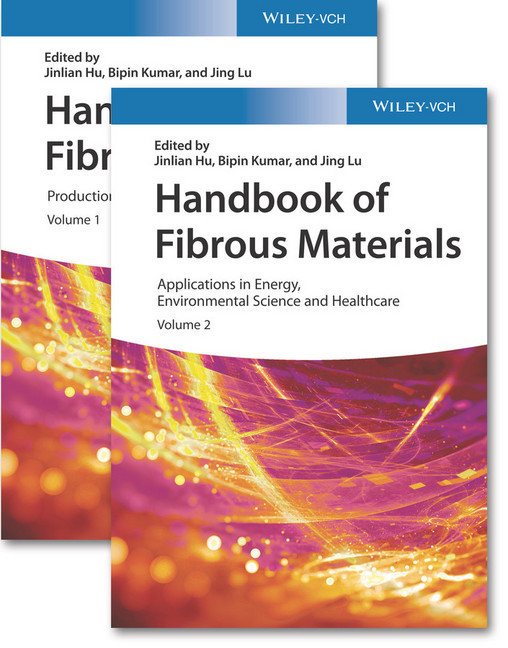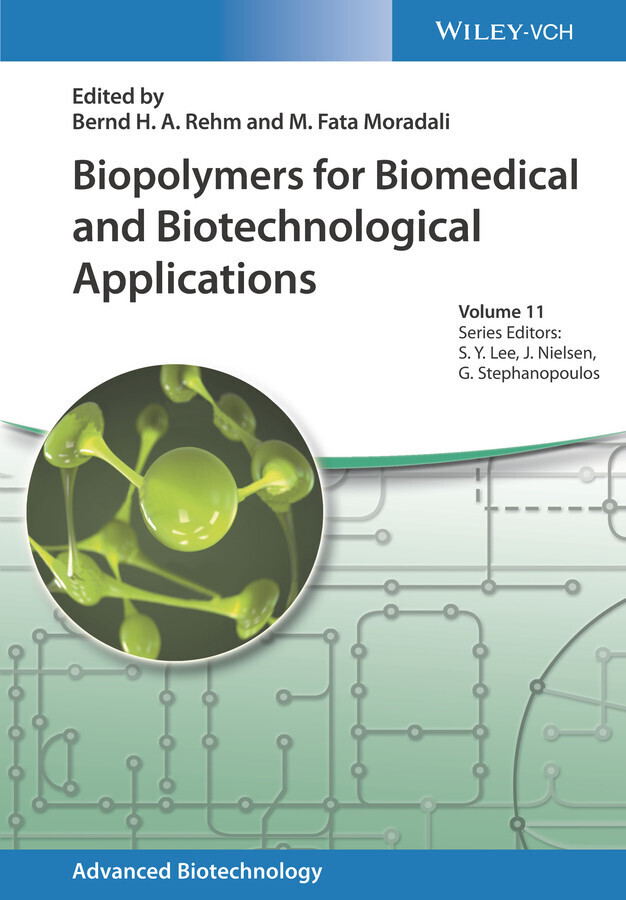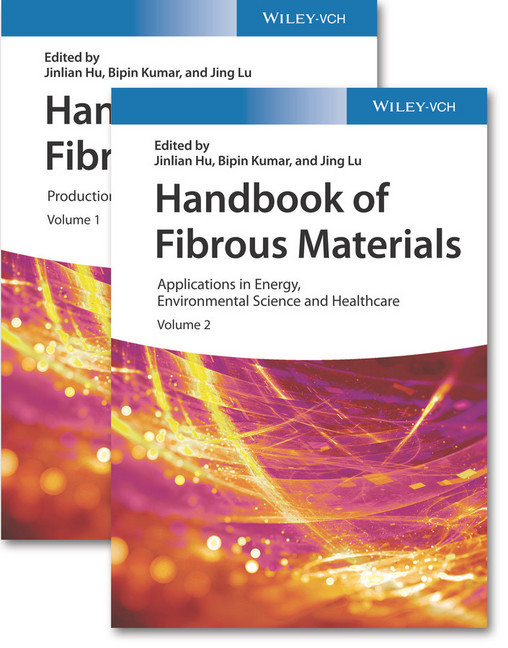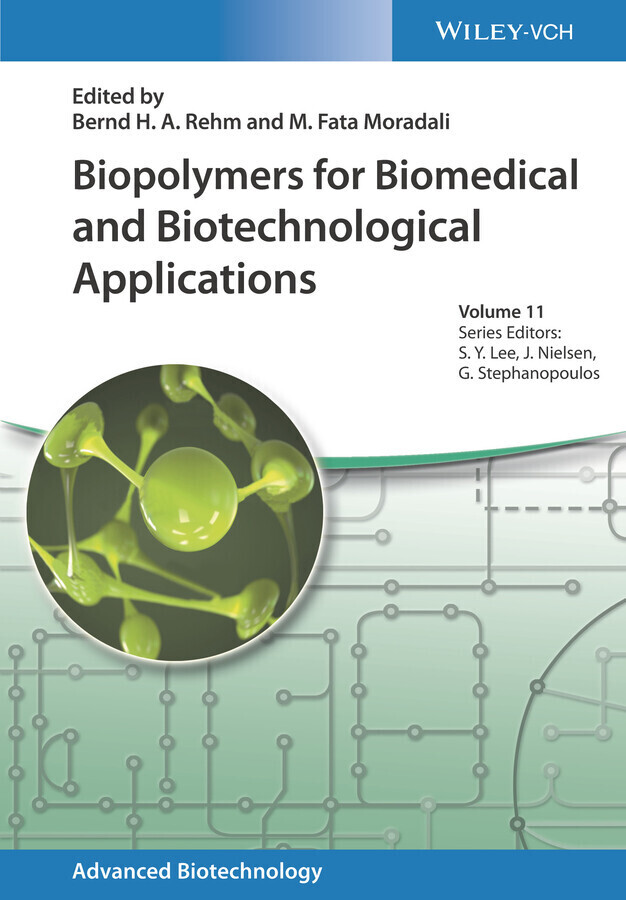Nanotechnology in Catalysis
Applications in the Chemical Industry, Energy Development, and Environment Protection
Nanotechnology in Catalysis
Applications in the Chemical Industry, Energy Development, and Environment Protection
Reflecting the R&D efforts in the field that have resulted in a plethora of novel applications over the past decade, this handbook gives a comprehensive overview of the tangible benefits of nanotechnology in catalysis. By bridging fundamental research and industrial development, it provides a unique perspective on this scientifically and economically important field.
While the first three parts are devoted to preparation and characterization of nanocatalysts, the final three provide in-depth insights into their applications in the fine chemicals industry, the energy industry, and for environmental protection, with expert authors reporting on real-life applications that are on the brink of commercialization.
Timely reading for catalytic chemists, materials scientists, chemists in industry, and process engineers.
Bert F. Sels is currently head of a research group the Center for Surface Chemistry and Catalysis at the KU Leuven, Belgium. He obtained his PhD in 2000 at KU Leuven in the field of oxidation chemistry with heterogeneous catalysis. He was awarded the DSM Chemistry Award in 2000, and in 2005 the Incentive Award by the Societe Chimique Belge for his research achievements. In 2005 he was appointed assistant professor at KU Leuven, and full professor in 2012. He is co-chair of the Catalysis Commission of the International Zeolite Association (IZA) and co-founder of European Research Institute of Catalysis (ERIC).
Marcel Van de Voorde is special advisor at IMEC, Belgium. Recently, his knowledge and 40 years' experience in university education, research and management was honored with the gold medal of the Fondation du Merite Europeen. He studied industrial and chemical engineering and received his PhD in nuclear engineering from the Nancy-Universite, France. He was co-founder and professor at the Hoger Instituut der Kempen, Geel, and the Technical Institute Don Bosco, Hoboken in Belgium. He further holds professorships at the Catholic University of Leuven, the Ghent University, the Delft University of Technology and is visiting professor at several recognized universities in Europe, US, Japan and China. He was active as advisor to various institutions such as the CERN, the European Commission and the Max Planck Institute for Solid State Research.
While the first three parts are devoted to preparation and characterization of nanocatalysts, the final three provide in-depth insights into their applications in the fine chemicals industry, the energy industry, and for environmental protection, with expert authors reporting on real-life applications that are on the brink of commercialization.
Timely reading for catalytic chemists, materials scientists, chemists in industry, and process engineers.
Bert F. Sels is currently head of a research group the Center for Surface Chemistry and Catalysis at the KU Leuven, Belgium. He obtained his PhD in 2000 at KU Leuven in the field of oxidation chemistry with heterogeneous catalysis. He was awarded the DSM Chemistry Award in 2000, and in 2005 the Incentive Award by the Societe Chimique Belge for his research achievements. In 2005 he was appointed assistant professor at KU Leuven, and full professor in 2012. He is co-chair of the Catalysis Commission of the International Zeolite Association (IZA) and co-founder of European Research Institute of Catalysis (ERIC).
Marcel Van de Voorde is special advisor at IMEC, Belgium. Recently, his knowledge and 40 years' experience in university education, research and management was honored with the gold medal of the Fondation du Merite Europeen. He studied industrial and chemical engineering and received his PhD in nuclear engineering from the Nancy-Universite, France. He was co-founder and professor at the Hoger Instituut der Kempen, Geel, and the Technical Institute Don Bosco, Hoboken in Belgium. He further holds professorships at the Catholic University of Leuven, the Ghent University, the Delft University of Technology and is visiting professor at several recognized universities in Europe, US, Japan and China. He was active as advisor to various institutions such as the CERN, the European Commission and the Max Planck Institute for Solid State Research.
1;Nanotechnology in Catalysis: Applications in the Chemical Industry, Energy Development, and Environment Protection;1 2;Series Editor Preface;9 3;About the Series Editor;11 4;Contents;13 5;Foreword by Gerhard Ertl;33 6;Foreword by Pierre Jacobs;35 7;Part One: Preparation of Nanocatalysts and Their Potential in Catalysis;39 7.1;1. Liquid-Phase Synthesis of Nanocatalysts;41 7.1.1;1.1 Introduction;41 7.1.2;1.2 Metallic Oxides;44 7.1.2.1;1.2.1 (Co)Precipitation by Mixing (Aqueous Solutions) and Ripening;44 7.1.2.2;1.2.2 Hydrolytic Sol-Gel;47 7.1.2.3;1.2.3 Homogeneous (Co)Precipitation by Thermohydrolysis (Aqueous Solutions);48 7.1.2.4;1.2.4 Homogeneous (Co)Precipitation and/or Ripening in Nonaqueous Solvents;49 7.1.2.5;1.2.5 Anodization;49 7.1.3;1.3 Metallic Nanoparticles;50 7.1.3.1;1.3.1 Aqueous Syntheses;51 7.1.3.2;1.3.2 Polyol-Mediated Syntheses;52 7.1.3.3;1.3.3 Hollow Particles by Galvanic Replacement;53 7.1.4;1.4 Oxide-Metal Interfaces;53 7.1.5;1.5 Conclusion;55 7.1.6;References;56 7.2;2: Supported Gold Nanoparticles Leading to Green Chemistry;59 7.2.1;2.1 Introduction;59 7.2.2;2.2 Oxidation;60 7.2.2.1;2.2.1 Oxidation of Alcohols;60 7.2.2.1.1;2.2.1.1 Size Dependence;60 7.2.2.1.2;2.2.1.2 Electronic State of Au and Ligand Effect;61 7.2.2.1.3;2.2.1.3 Catalytic Activity and Selectivity Tunable by Support Materials;62 7.2.2.2;2.2.2 Oxidation of Alkenes;64 7.2.2.3;2.2.3 Oxidation of Alkanes;65 7.2.3;2.3 Hydrogenation;66 7.2.3.1;2.3.1 Selective Hydrogenation of ?,?-Unsaturated Aldehydes;66 7.2.3.1.1;2.3.1.1 Size Dependence;66 7.2.3.1.2;2.3.1.2 Role of Support;67 7.2.3.1.3;2.3.1.3 Electronic Effect of Au;68 7.2.3.2;2.3.2 Selective Hydrogenation of Nitroaromatics;69 7.2.3.2.1;2.3.2.1 Role of Support for Nitrostyrene Hydrogenation;69 7.2.3.2.2;2.3.2.2 Selective Hydrogenation of Nitrobenzaldehyde;69 7.2.3.3;2.3.3 Size Specificity for the Hydrogenation of Formyl and Nitro Groups;71 7.2.4;2.4 Conclusion;72 7.2.5;References;72 7.3;3: Application of Nanocarbon Materials to Catalysis;75 7.3.1;3.1 Introduction;75 7.3.1.1;3.1.1 Nanosized Carbons;76 7.3.1.2;3.1.2 Nanostructured Porous Carbons;76 7.3.2;3.2 Surface Chemistry of Carbon Materials;77 7.3.2.1;3.2.1 Surface Functional Groups;77 7.3.2.2;3.2.2 Characterization Methods;78 7.3.2.3;3.2.3 Tuning the Surface Chemistry;79 7.3.3;3.3 Catalytic Applications of Nanocarbons;81 7.3.3.1;3.3.1 Nanocarbons as Catalyst Supports;81 7.3.3.1.1;3.3.1.1 Supported Metal Catalysts;81 7.3.3.1.2;3.3.1.2 Anchored Metal Complexes;83 7.3.3.2;3.3.2 Nanocarbons in Photocatalysis;83 7.3.3.3;3.3.3 Nanocarbons as Catalysts on Their Own;85 7.3.3.3.1;3.3.3.1 Oxidative Dehydrogenation of Isobutane;85 7.3.3.3.2;3.3.3.2 Acid Catalysis;87 7.3.3.3.3;3.3.3.3 Advanced Oxidation Processes;88 7.3.3.3.4;3.3.3.4 Oxygen Reduction Reaction;89 7.3.4;3.4 Summary and Perspectives;89 7.3.5;Acknowledgments;90 7.3.6;References;90 7.4;4: Nano-Oxide Mesoporous Catalysts in Heterogeneous Catalysis;95 7.4.1;4.1 Introduction;95 7.4.2;4.2 Strategies for the Preparation;97 7.4.2.1;4.2.1 Preparation of Mesoporous Metal Oxides by Direct Synthesis Approach;98 7.4.2.2;4.2.2 Preparation of Mesoporous Metal Oxides by the Postsynthesis Approach;98 7.4.3;4.3 Nano-Oxide Mesoporous Catalysts and Catalytic Applications;99 7.4.3.1;4.3.1 Selective Catalytic Reduction (SCR) Reaction;102 7.4.3.2;4.3.2 Hydroxylation of Benzene;105 7.4.3.3;4.3.3 CO Oxidation;107 7.4.3.4;4.3.4 Fischer-Tropsch Synthesis (FTS);110 7.4.3.5;4.3.5 Biofuel Production and Upgrading with Mesoporous Catalysts;113 7.4.3.6;4.3.6 Catalytic Conversion of CO2 to CH4;116 7.4.3.7;4.3.7 Catalysts for the Oxidative Dehydrogenation of Ethane;118 7.4.3.8;4.3.8 Photocatalysis;119 7.4.4;4.4 Conclusions;122 7.4.5;References;122 7.5;5: Solution Combustion Synthesis, Characterization, and Catalytic Properties of Oxide Materials;129 7.5.1;5.1 Introduction;129 7.5.2;5.2 Solution Combustion Synthesis of Oxide Catalysts;133 7.5.2.1;5.2.1 Metal Ions-Substituted CeO2 Catalysts;133 7.5.2.2;5.2.2 Metal Ions-Subs
Sels, Bert F.
Van de Voorde, Marcel
| ISBN | 9783527699810 |
|---|---|
| Artikelnummer | 9783527699810 |
| Medientyp | E-Book - PDF |
| Copyrightjahr | 2017 |
| Verlag | Wiley-VCH |
| Umfang | 1190 Seiten |
| Sprache | Englisch |
| Kopierschutz | Adobe DRM |

